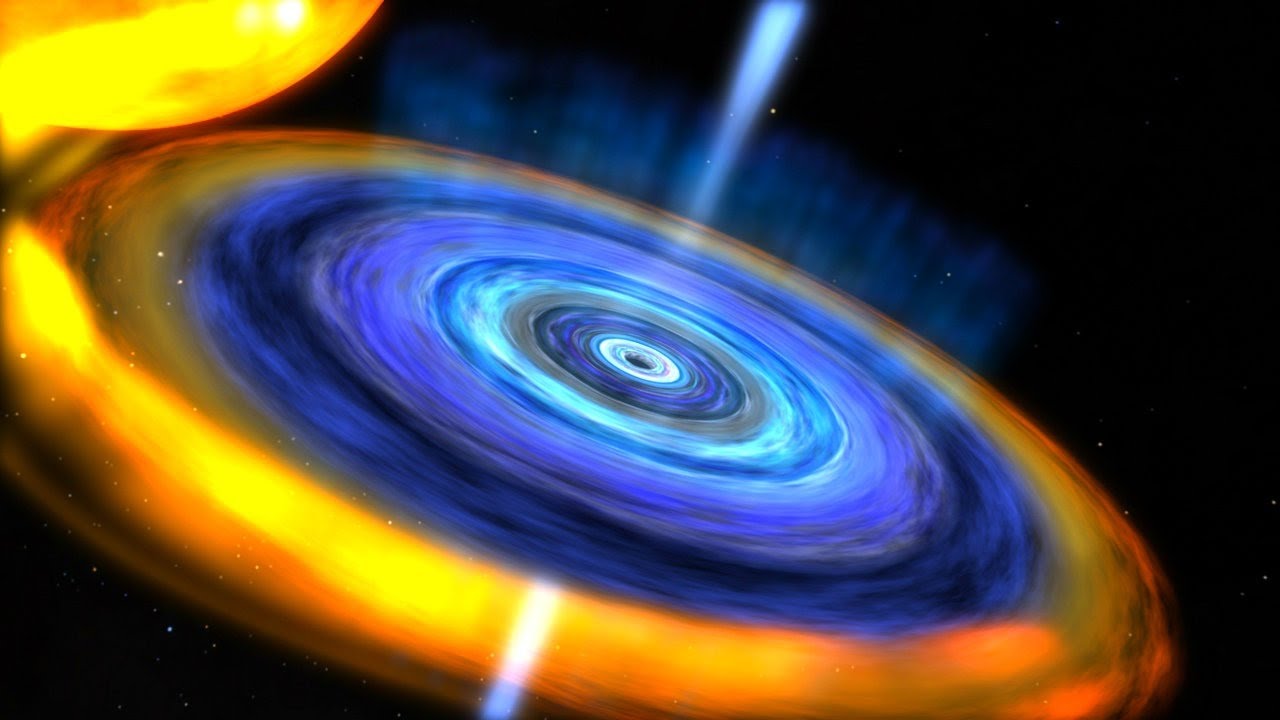
January 2017 Sky
- Posted by OCastronomy
- On January 1, 2017
- 0 Comments
- Aldebaran, Beehive cluster, Jupiter, Mars, Mercury, Neptune, Pleiades, Quadrantid Meteor Shower, Regulus, Saturn, Spica, Venus
January 2017 Sky
| 1 | Mars 0.02° South of Neptune (59° from Sun, evening sky) at 7h UT. Mags. 0.9 and 7.9. |
| 2 | Moon near Venus (47° from Sun, evening sky) at 8h UT. Mag. -4.4. • Crescent Moon and Venus (APOD) |
| 3 | Moon near Mars (58° from Sun) at 7h UT. Mag. 0.9. |
| 3 | Quadrantid Meteor Shower peaks at 14h UT. Active between December 28 and January 12. Produces up to 120 meteors per hour. Radiant is in northern Boötes. • Quadrantids (Wikipedia) • The Quadrantids (Gary Kronk) |
| 4 | Earth at Perihelion (closest to Sun) at 14h UT. The Sun- Earth distance is 0.983309 a.u. or 147.1 million kilometers. • Sun at Aphelion and Perihelion (Anthony Ayiomamitis) |
| 5 | First Quarter Moon at 19:47 UT. |
| 8 | Moon near the Pleiades (evening sky) at 22h UT. • The Pleiades (Wikipedia) |
| 9 | Moon very near Aldebaran (evening sky) at 12h UT. Occultation visible from Asia. • Occultation of Aldebaran (IOTA) |
| 10 | Moon at perigee (closest to Earth) at 5:56 UT (363,238 km; angular size 32.9′). |
| 12 | Full Moon at 11:34 UT. |
| 12 | Venus at greatest elongation east (47.2° from Sun, evening sky) at 13h UT. Mag. -4.4. |
| 13 | Moon near Beehive cluster (morning sky) at 13h UT. • Beehive Cluster (Wikipedia) • M44: The Beehive Cluster (APOD) |
| 15 | Moon very near Regulus (morning sky) at 3h UT. Occultation visible from southern South America. • Occultation of Regulus (IOTA) |
| 19 | Moon near Jupiter (morning sky) at 7h UT. Mag. -2.1. |
| 19 | Moon near Spica (morning sky) at 10h UT. |
| 19 | Mercury at greatest elongation west (24° from Sun, morning sky) at 10h UT. Mag. -0.1. |
| 19 | Last Quarter Moon at 22:13 UT. |
| 22 | Moon at apogee (farthest from Earth) at 0h UT (distance 404,914 km; angular size 29.5′). |
| 24 | Moon near Saturn (54° from Sun, morning sky) at 11h UT. Mag. 0.5. |
| 26 | Moon near Mercury (23° from Sun, evening sky) at 0h UT. Mag. -0.2. |
| 28 | New Moon at 0:07 UT. Start of lunation 1164. • Lunation Number (Wikipedia) |
| 31 | Moon near Venus (45° from Sun, evening sky) at 17h UT. Mag. -4.6. |
| 31 | Moon, Venus and Mars within a 5.5° circle (evening sky) at 22h UT. |
| January 2017 Sky All times Universal Time (UT). USA Eastern Summer Time = UT – 4 hours. | |


